Hey Linux gamers, got some good news for the AMD users . It’s pretty common knowledge Nvidia users get some good drivers at the trade-off of binary blob drivers (or not, depending on your ethics) and that AMD are often left in the dust, but how can open source drivers change that?
The team behind the open source radeon drivers, the Linux kernel and the various bits that go with it are doing a great job of maintaining drivers and getting them up to spec with OpenGL and AMD's newest hardware and it's fairly obvious that radeon are making more progress than AMD. With this in mind, I ditched the catalyst proprietary driver and went for the full open source menu (information on which can be found in the linked document). For the benchmarks I used mostly Valve games since they tend to be more affected by driver type than most and have some good benchmarking tools while also being a strain on the driver. Xonotic was for scale so you can see how a blood-native game on Linux fares.
The tested games include the likes of the still in beta Portal 2 right down to older benchmark software Unigine Tropics (newer benchmarks from Unigine have an unreasonable requirement of OpenGL 4). The games fared pretty well, achieving 25 to 31.5fps for average scores for each game while running at very high settings at 1080p. Xonotic had an outlier result of 52 fps and so it's clear to see that the drivers are becoming an option for the Linux Gamer.
These aren't to the standards of the catalyst driver by a bit just yet, but from another point of view they are already better. Some non-performance advantages I've found are:
Of course the biggest proverbial spanner in the code is that OpenGL support is lacking (only OpenGL 3.3 for Radeon 7000s and newer), but that's set to change as more and more features are added and the kernel gets updated. With my AMD Radeon 7950 I hope to be able to make it to 4.3 ^_^
One last side point to make is the benchmarks used both Portal and Portal 2 for a reason. Its been said by wild people speculating wild speculations that Portal 2 uses a proper OpenGL calling system vs a DirectX => OpenGL pipe system which basically means rendering takes less time and this is reflected in the videos in my opinion, but as Valve have remained quiet about the Portal 2 delay, its still an unconfirmed rumour.
Now for the bit you probably went through that for, the proof of concept videos (bare in mind these are actually using valuable CPU time, so performance will differ to these) :
Team Fortress 2:
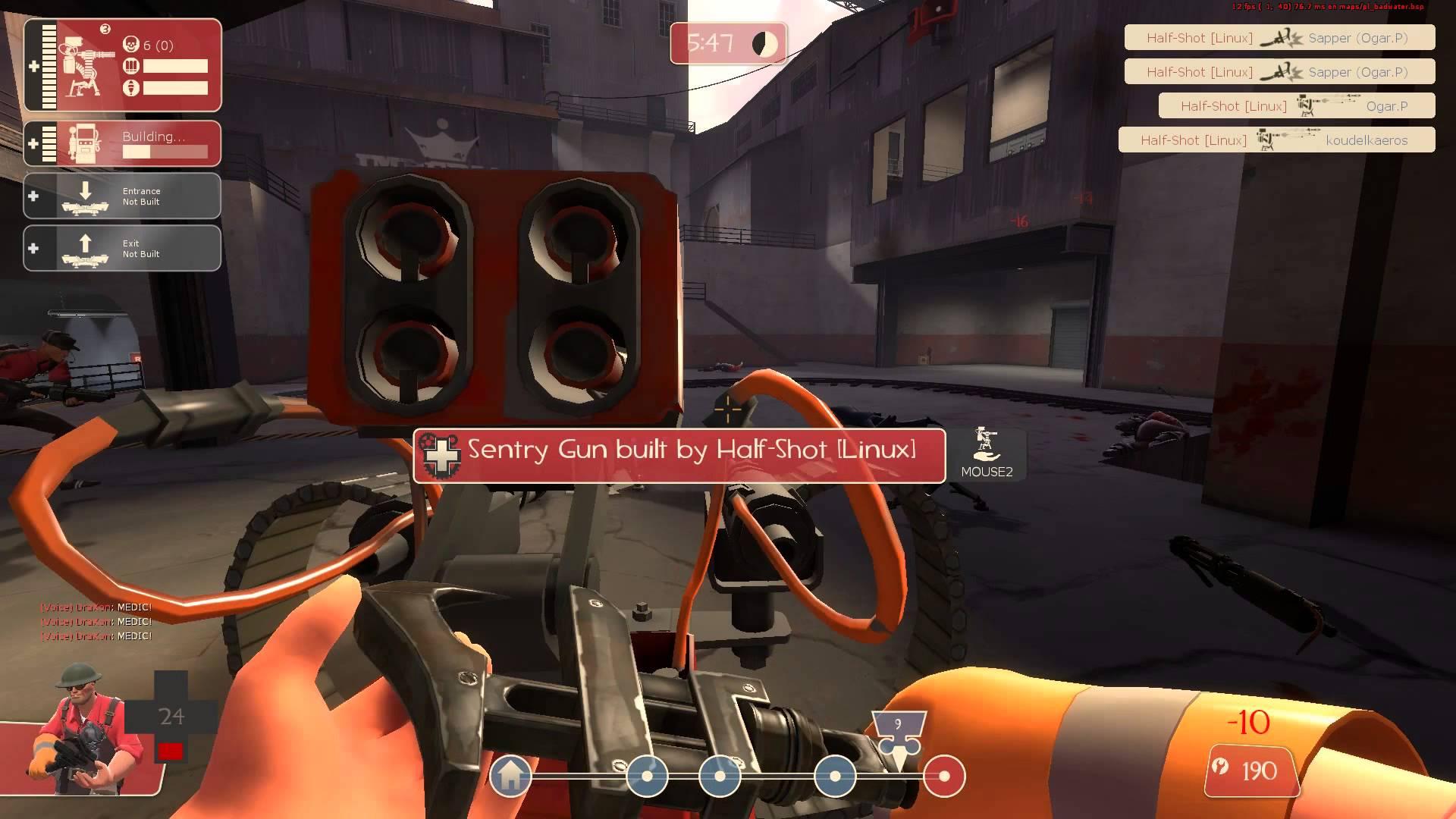 Average FPS: 25
Average FPS: 25
Xonotic:
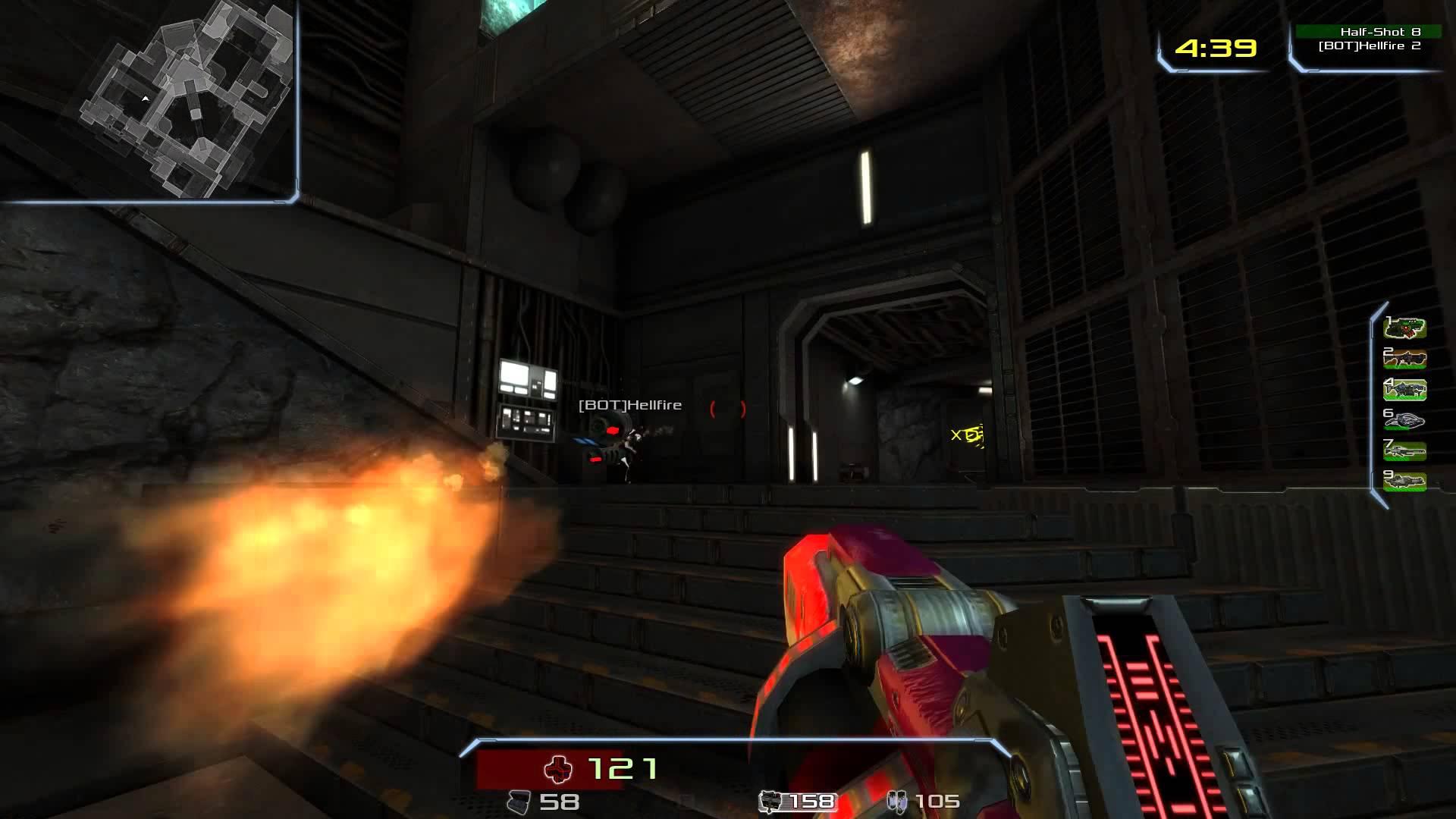 Average FPS: 52
Average FPS: 52
Portal:
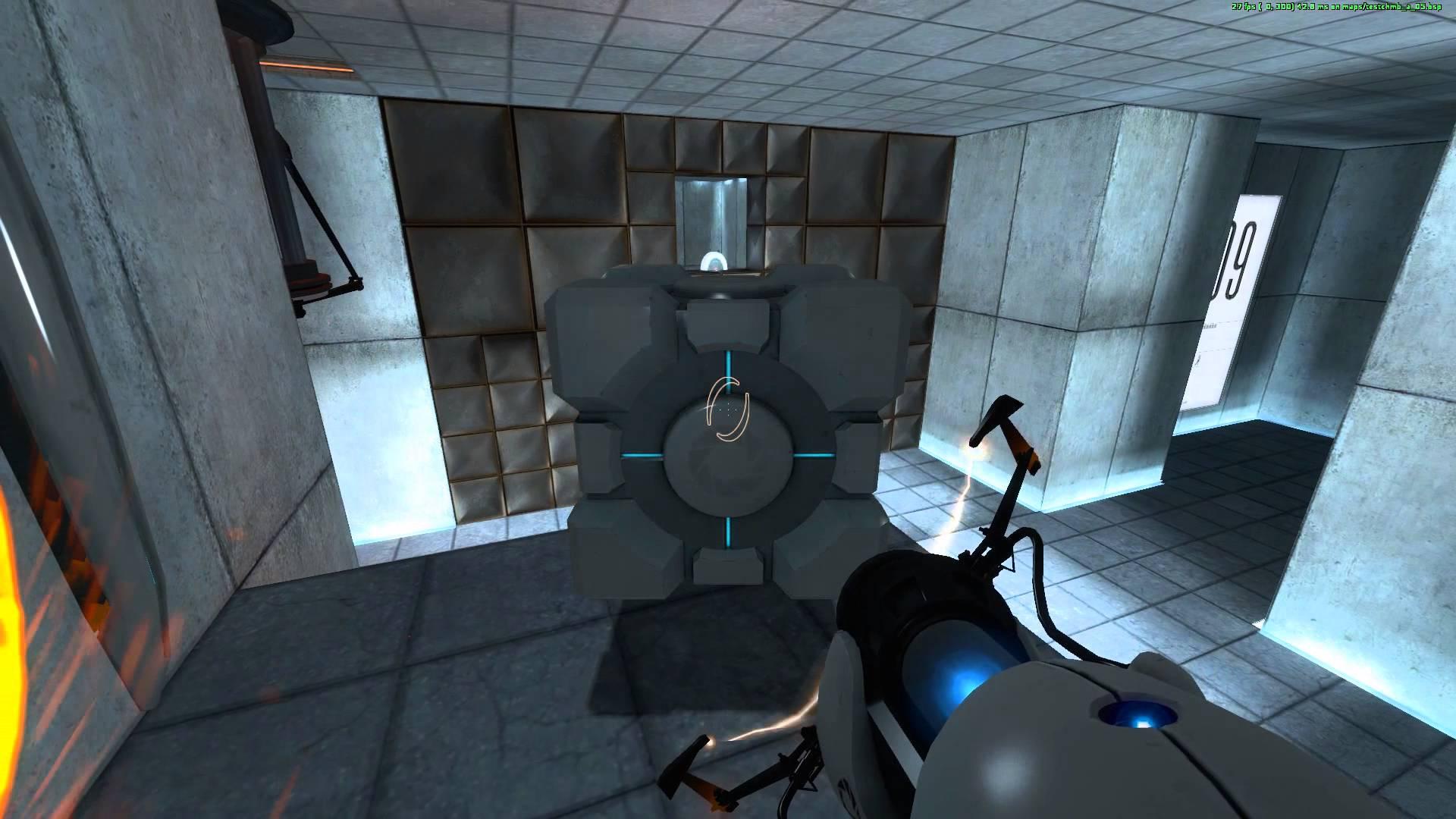 Average FPS: 27
Average FPS: 27
Portal 2:
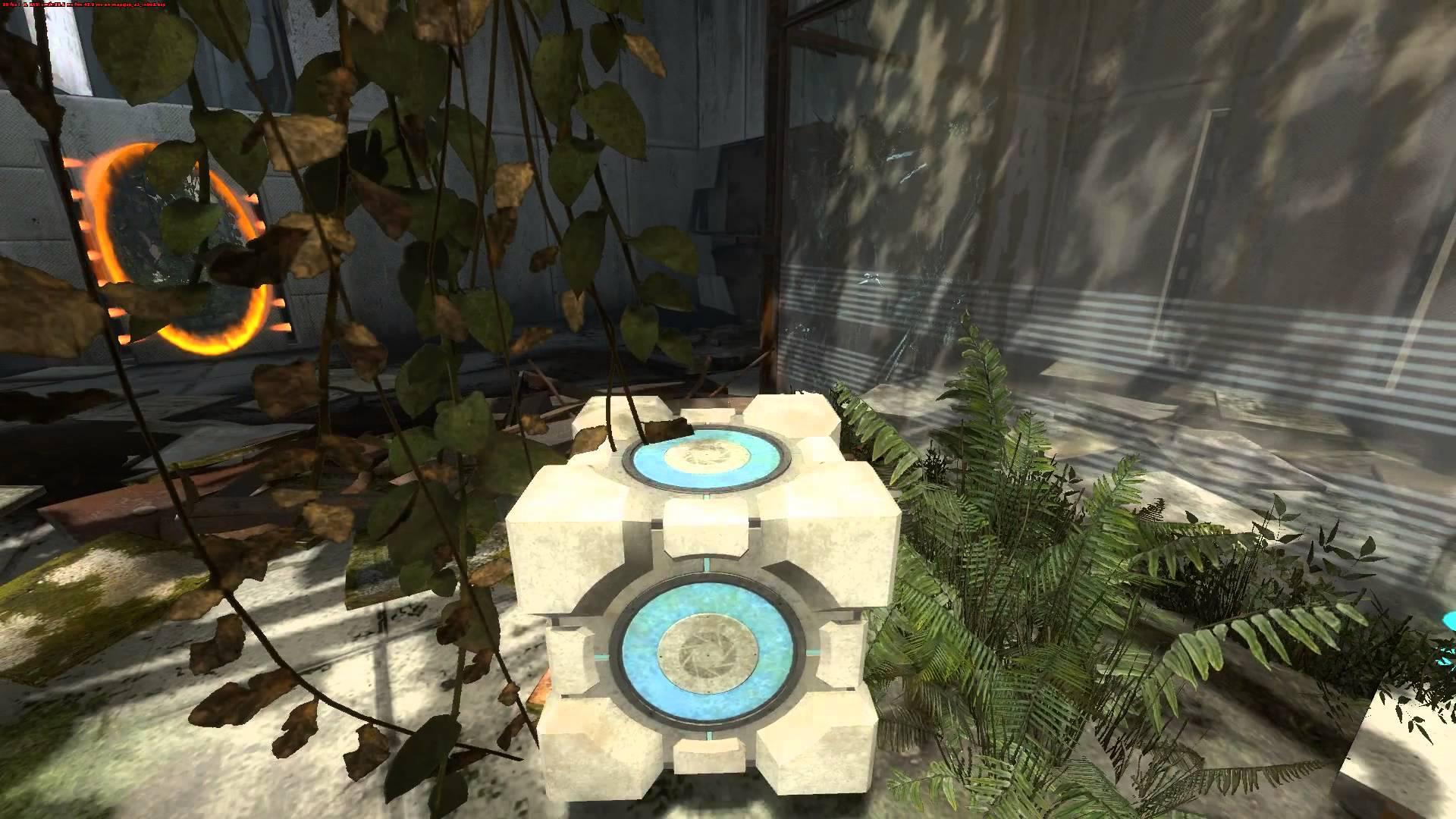 Average FPS:32
Average FPS:32
Spreadsheet containing my benchmark results and system infomation
I’m not going to say I’ve been trying to convert people to FOSS, because I don’t believe people should just drop to FOSS, so instead hopefully you can see these videos and benefits and make your own decision as to whether you should give it a go.
The team behind the open source radeon drivers, the Linux kernel and the various bits that go with it are doing a great job of maintaining drivers and getting them up to spec with OpenGL and AMD's newest hardware and it's fairly obvious that radeon are making more progress than AMD. With this in mind, I ditched the catalyst proprietary driver and went for the full open source menu (information on which can be found in the linked document). For the benchmarks I used mostly Valve games since they tend to be more affected by driver type than most and have some good benchmarking tools while also being a strain on the driver. Xonotic was for scale so you can see how a blood-native game on Linux fares.
The tested games include the likes of the still in beta Portal 2 right down to older benchmark software Unigine Tropics (newer benchmarks from Unigine have an unreasonable requirement of OpenGL 4). The games fared pretty well, achieving 25 to 31.5fps for average scores for each game while running at very high settings at 1080p. Xonotic had an outlier result of 52 fps and so it's clear to see that the drivers are becoming an option for the Linux Gamer.
These aren't to the standards of the catalyst driver by a bit just yet, but from another point of view they are already better. Some non-performance advantages I've found are:
- For rolling release distros, X updates can be kept running and not held back as with the case of binary drivers.
- The driver is attended to by many individuals, all of which use Linux in comparison to AMD developers which are multi platform dependant.
- Stability has been proven to be much better with the radeon driver. The videos show that the games never freeze, and the frame rates for most (Portal being the game that causes issues with its portal rendering) stayed constant.
- Hell of a lot easier to update by people not having a luxury of PPAs/AUR to keep them going.
- 2D performance in games is many times better, and this translates into your desktop GUI usage as well.
Of course the biggest proverbial spanner in the code is that OpenGL support is lacking (only OpenGL 3.3 for Radeon 7000s and newer), but that's set to change as more and more features are added and the kernel gets updated. With my AMD Radeon 7950 I hope to be able to make it to 4.3 ^_^
One last side point to make is the benchmarks used both Portal and Portal 2 for a reason. Its been said by wild people speculating wild speculations that Portal 2 uses a proper OpenGL calling system vs a DirectX => OpenGL pipe system which basically means rendering takes less time and this is reflected in the videos in my opinion, but as Valve have remained quiet about the Portal 2 delay, its still an unconfirmed rumour.
Now for the bit you probably went through that for, the proof of concept videos (bare in mind these are actually using valuable CPU time, so performance will differ to these) :
Team Fortress 2:

YouTube videos require cookies, you must accept their cookies to view. View cookie preferences.
Direct Link
Direct Link
Xonotic:

YouTube videos require cookies, you must accept their cookies to view. View cookie preferences.
Direct Link
Direct Link
Portal:

YouTube videos require cookies, you must accept their cookies to view. View cookie preferences.
Direct Link
Direct Link
Portal 2:

YouTube videos require cookies, you must accept their cookies to view. View cookie preferences.
Direct Link
Direct Link
Spreadsheet containing my benchmark results and system infomation
I’m not going to say I’ve been trying to convert people to FOSS, because I don’t believe people should just drop to FOSS, so instead hopefully you can see these videos and benefits and make your own decision as to whether you should give it a go.
Some you may have missed, popular articles from the last month:
All posts need to follow our rules. For users logged in: please hit the Report Flag icon on any post that breaks the rules or contains illegal / harmful content. Guest readers can email us for any issues.
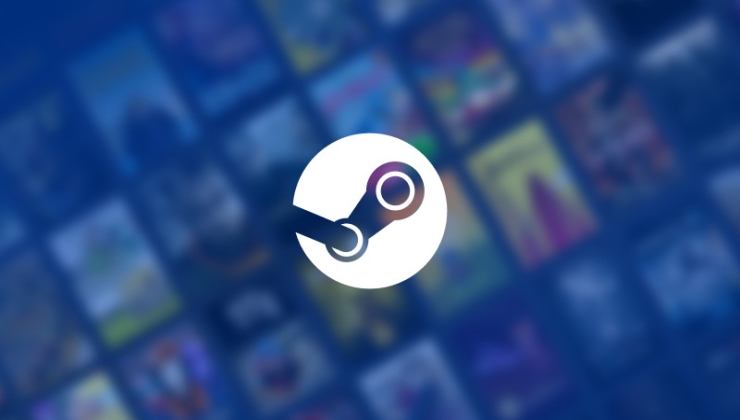
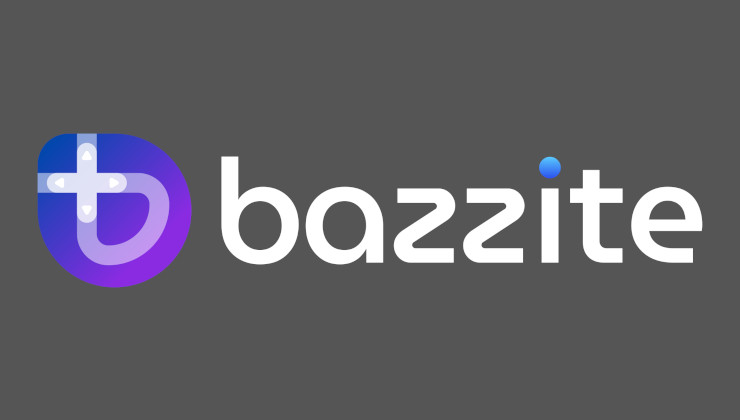

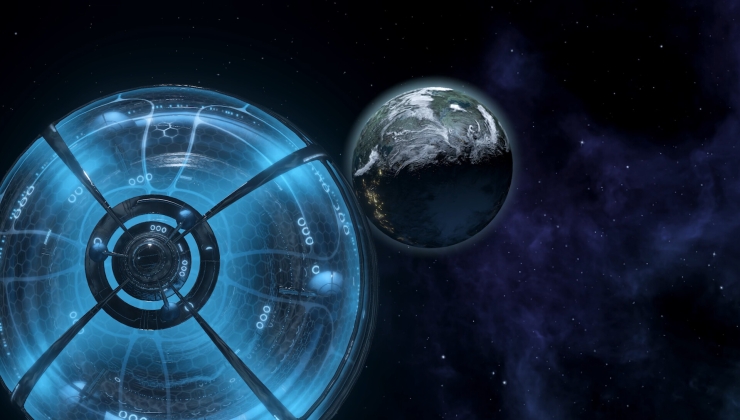
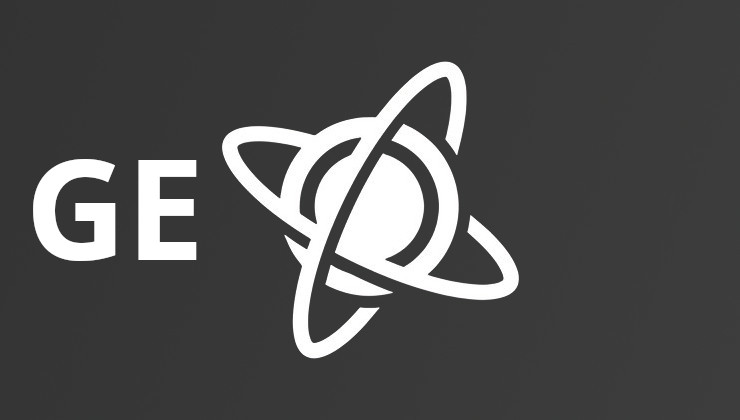 How to install GE-Proton on Steam Deck, SteamOS, Linux
How to install GE-Proton on Steam Deck, SteamOS, Linux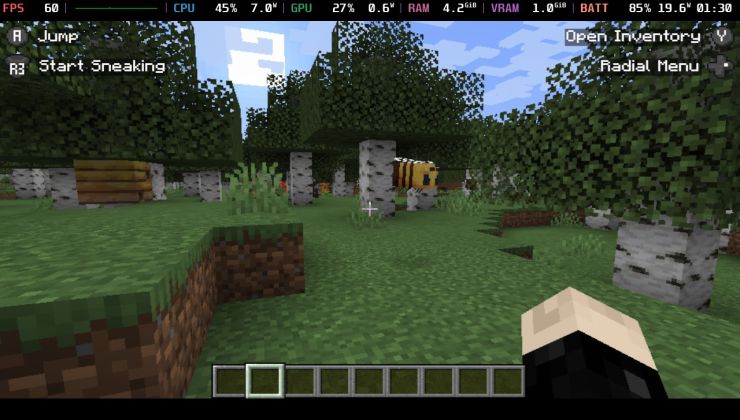 An idiots guide to setting up Minecraft on Steam Deck / SteamOS with controller support
An idiots guide to setting up Minecraft on Steam Deck / SteamOS with controller support
Radeon 6620 chipset is pretty bottom end, normally meant for laptops...
http://www.videocardbenchmark.net/gpu.php?gpu=Radeon+HD+6620G
looks like far worse performance even than the wimpy Radeon 6850 that IT dept ended up getting instead of the mid-range 6970 I had requested. A more fair comparison for the 6620 would be against Intel integrated video. No wonder you weren't exactly happy with it as a card for gaming!
Well, from what I've tested it works very well with non-valve games ironically :D. Unigine Tropics actually ran at 60fps with the newest update and Xonotic already ran great so you can expect great things in that area. Also since unvanquished is OpenGL 2.1, that area is already very mature and so stability will be flawless.